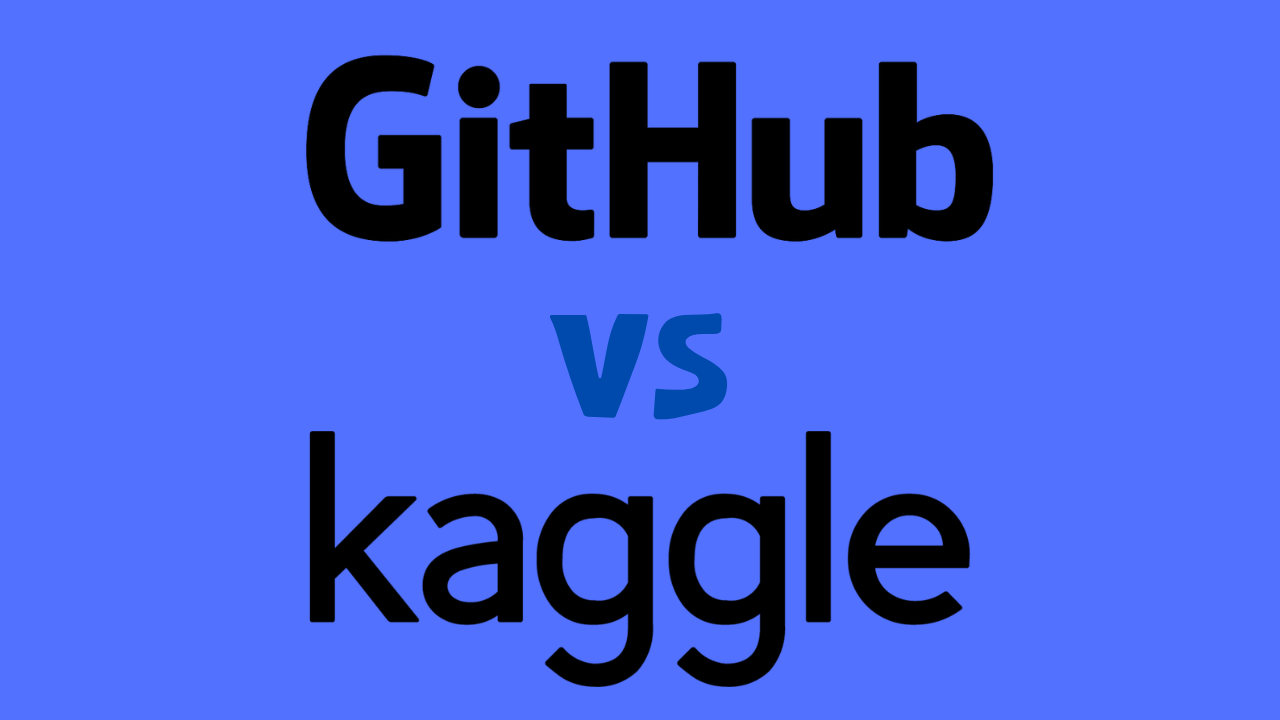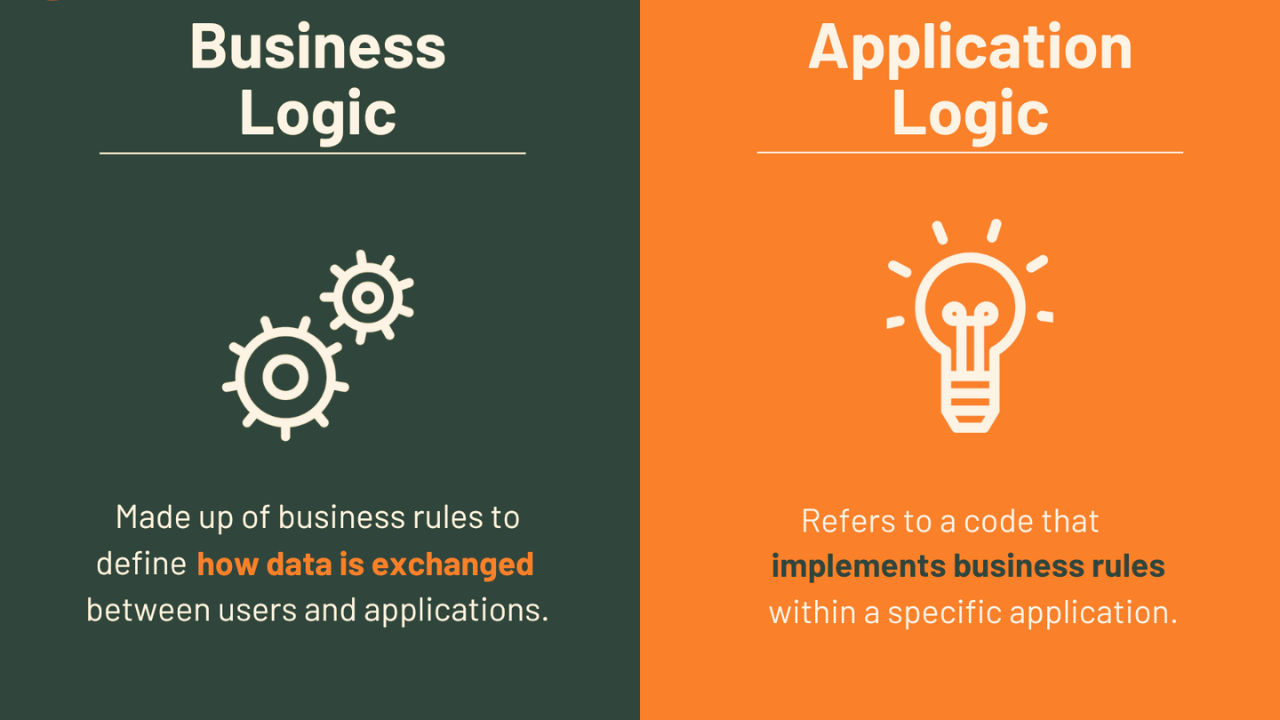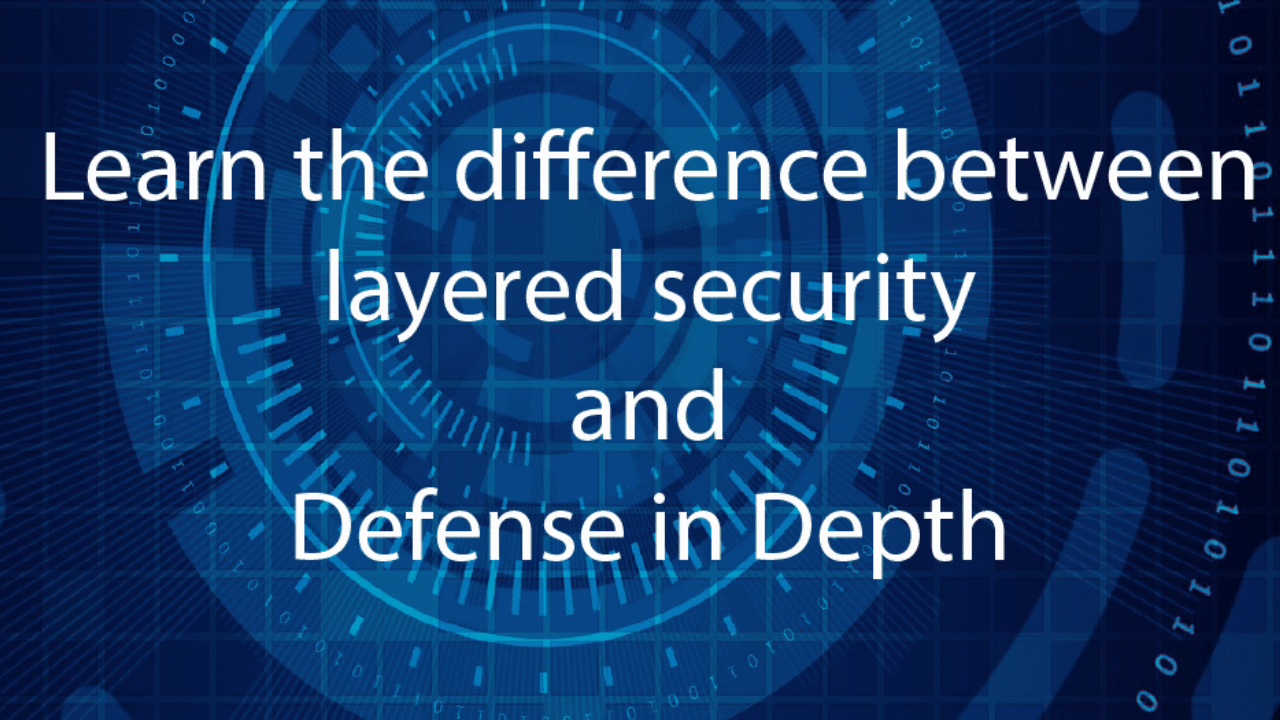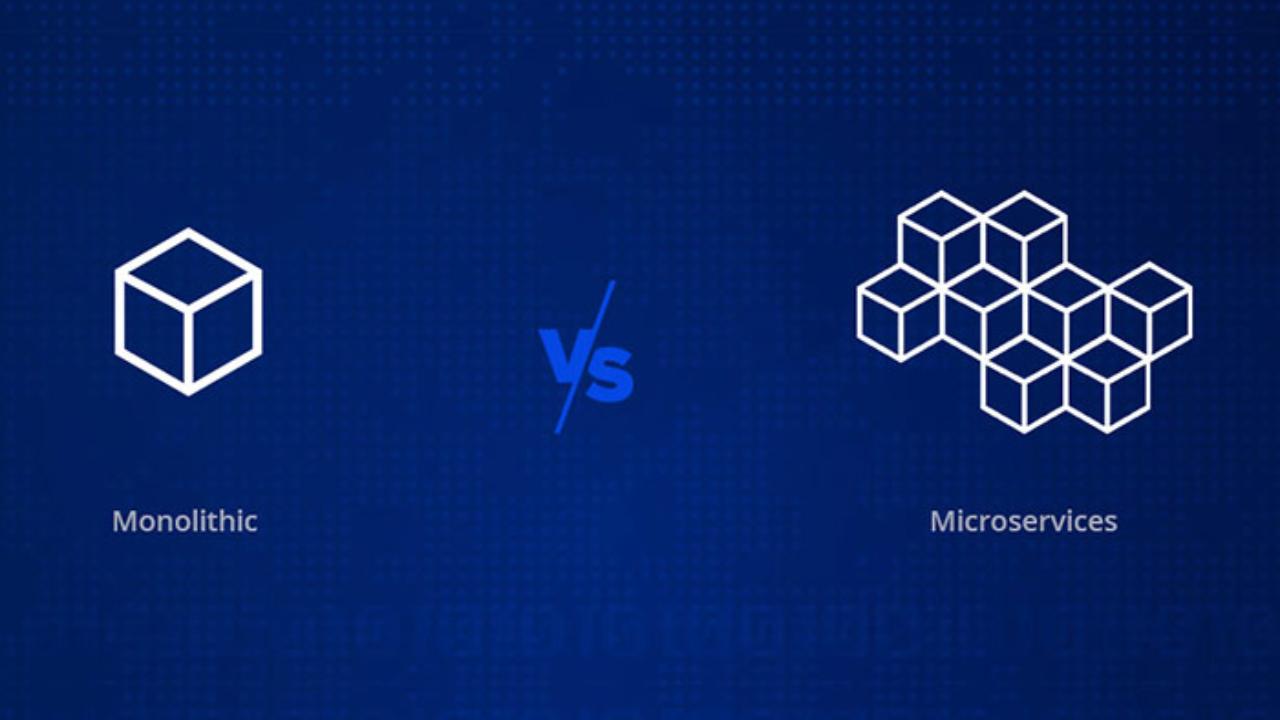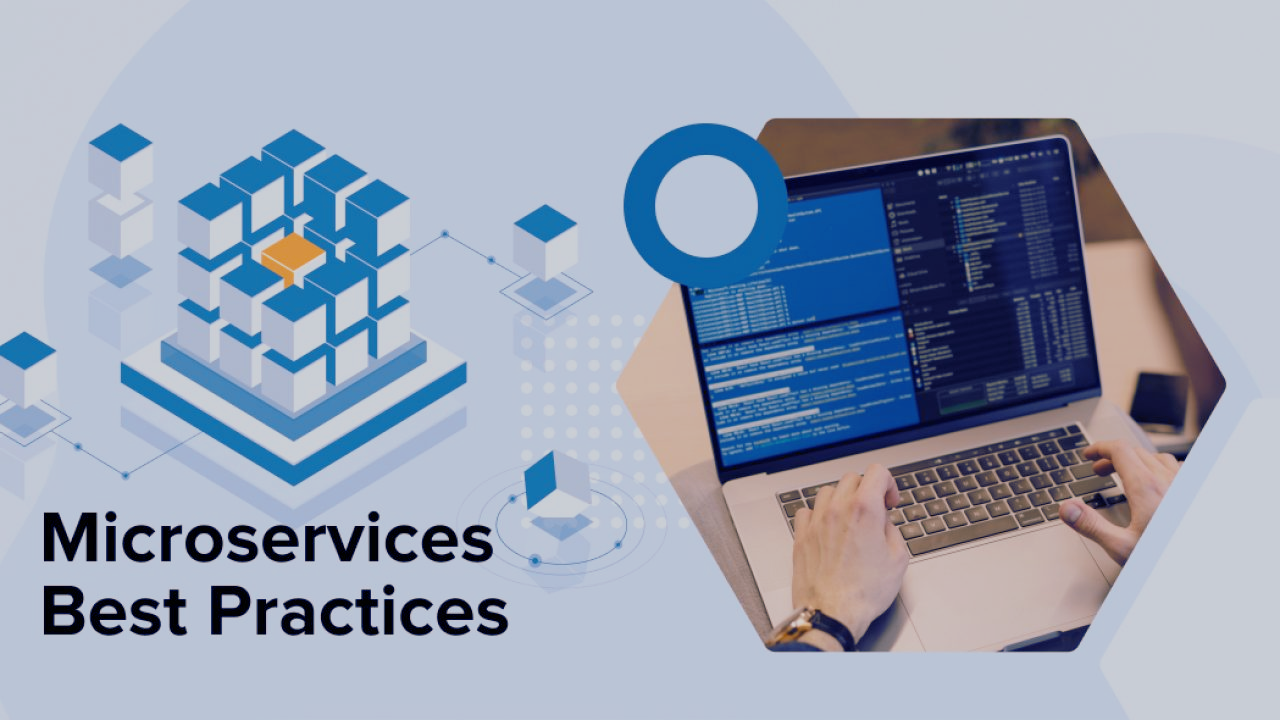In this blog, we will be Synapse vs Databricks, two cloud-based data platforms that provide scalable and flexible environments for big data processing and analytics. We will explore the similarities and differences between these two platforms, and provide insights to help you choose the right one for your organization.
But wait, there’s more! We’ll also provide insights into the broader world of cloud-based data platforms and offer tips for evaluating your options and choosing the best solution for your organization. So buckle up and get ready to explore the exciting world of Synapse vs Databricks!
What is Synapse?
Synapse is a cloud-based analytics service offered by Microsoft Azure that combines big data and data warehousing. It allows users to ingest, prepare, manage, and serve data for immediate business intelligence and machine learning needs.
Synapse also provides a unified experience for data engineers, data scientists, and business analysts to collaborate on big data and AI projects.
Key Features of Synapse
1: Unified Analytics:
Synapse provides a unified experience for big data and data warehousing. It allows users to ingest, prepare, manage, and serve data for immediate business intelligence and machine learning needs. Synapse also provides a unified workspace for data engineers, data scientists, and business analysts to collaborate on big data and AI projects.
2. Enterprise-grade Security:
Synapse provides enterprise-grade security features to protect data and ensure compliance. It supports Azure Active Directory for authentication and authorization and provides role-based access control (RBAC) to manage access to resources.
Synapse also supports data encryption at rest and in transit and provides auditing and monitoring capabilities to track data access and usage.
3. Intelligent Insights:
Synapse provides intelligent insights to help users derive insights from big data. It supports built-in machine learning models for anomaly detection, classification, and regression, and provides integration with Azure Machine Learning for custom model training and deployment.
Synapse also supports Power BI for data visualization and reporting and provides integration with Azure Data Factory for data integration and orchestration.
What is Databricks?
Databricks is a cloud-based data engineering tool for processing, transforming, and exploring large volumes of data to build machine learning models intuitively. It is a zero-management cloud platform built around Apache Spark clusters to provide an interactive workspace.
Databricks enable data analysts, data scientists, and developers to extract value from big data efficiently. It also supports third-party applications such as AI and domain-specific tools for generating valuable insights. Large-scale enterprises utilize this platform for a broader spectrum to perform ETL, data warehousing, or data hoarding insights for internal users and external clients.
Key Features of Databricks
Some of the key features of Databricks are:
1: Cloud-based Data Engineering:
Databricks is a cloud-based data engineering tool that provides a zero-management cloud platform built around Apache Spark clusters to provide an interactive workspace. It enables data analysts, data scientists, and developers to extract value from big data efficiently. Databricks supports three major cloud partners: AWS, Microsoft Azure, and Google Cloud.
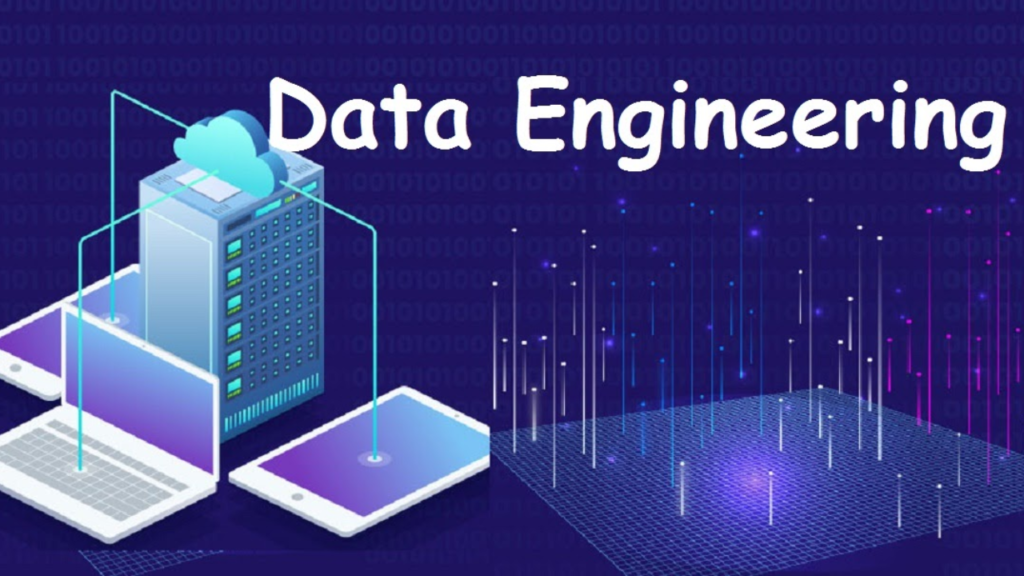
2. Language Compatibility:
Databricks supports multiple programming languages such as Python, R, Scala, and SQL. These languages are converted to Spark at the backend through API, allowing users to work in their preferred programming language.
3. Productivity and Collaboration:
Databricks provides a collaborative workspace between data scientists, engineers, and business analysts. It allows interaction among multiple members, bringing novel ideas during the early stages of machine learning application life cycle. Additionally, version control of source code becomes a painless task as all involved users have access to ongoing projects.
Kaggle vs Jupyter: Which One Suits Your Data Science Needs
Synapse Vs Databricks – Some Differences
Here are some differences between Synapse and Databricks:
1: Data Warehousing vs. Data Engineering:
Synapse is primarily a data warehousing tool that provides a unified experience for big data and data warehousing. It allows users to ingest, prepare, manage, and serve data for immediate business intelligence and machine learning needs.
On the other hand, Databricks is a cloud-based data engineering tool that provides a zero-management cloud platform built around Apache Spark clusters to provide an interactive workspace. It enables data analysts, data scientists, and developers to extract value from big data efficiently.
2. Language Compatibility:
Databricks supports multiple programming languages such as Python, R, Scala, and SQL. These languages are converted to Spark at the backend through API, allowing users to work in their preferred programming language. Synapse, on the other hand, supports SQL and T-SQL for data querying and transformation.
3. Machine Learning Capabilities:
Databricks provides built-in machine learning models for anomaly detection, classification, and regression, and provides integration with Azure Machine Learning for custom model training and deployment. Synapse, on the other hand, provides integration with Azure Machine Learning for custom model training and deployment, but does not provide built-in machine learning models.
4. Pricing Model:
Databricks pricing is based on the number of virtual machines (VMs) used, while Synapse pricing is based on the amount of data processed. Databricks provides a free community edition, while Synapse does not have a free version.
Synapse Vs Databricks – A few Similarities
Here are some similarities between Synapse and Databricks:
1: Both are cloud-based:
Both Synapse and Databricks are cloud-based data platforms that provide a scalable and flexible environment for big data processing and analytics.
2. Integration with Azure Services:
Both Synapse and Databricks are integrated with other Azure services such as Azure Data Factory, Azure Data Lake Storage, and Azure Machine Learning. This integration allows users to build end-to-end data pipelines and machine learning workflows.
3. Apache Spark:
Both Synapse and Databricks are built on top of Apache Spark, an open-source big data processing engine. This allows users to leverage the power of Spark for data processing, analytics, and machine learning.
4. Collaboration:
Both Synapse and Databricks provide a collaborative workspace between data scientists, engineers, and business analysts. They allow interaction among multiple members, bringing novel ideas during the early stages of machine learning application life cycle.
Additionally, version control of source code becomes a painless task as all involved users have access to ongoing projects.
Synapse Vs Databricks – Which to Choose?
However, the choice between Synapse and Databricks ultimately depends on your specific use case and requirements. If you need a data warehousing tool that provides a unified experience for big data and data warehousing, Synapse may be the right choice for you.
On the other hand, if you need a cloud-based data engineering tool that provides a zero-management cloud platform built around Apache Spark clusters to provide an interactive workspace, Databricks may be the better option.
Consider factors such as your data processing needs, programming language preferences, machine learning requirements, and pricing model when making your decision. It may also be helpful to try out both platforms through their free trials or community editions to get a better sense of their capabilities and user experience.
Final Thoughts!
So, if you are considering using a cloud-based data platform, it’s important to carefully evaluate your options and consider factors such as data processing needs, programming language preferences, machine learning requirements, and pricing model. Both Synapse and Databricks are powerful tools that can help you extract value from big data efficiently, but the choice ultimately depends on your specific use case and requirements. We hope this guide has been helpful in your decision-making process, and we wish you the best of luck in your data processing and analytics endeavors!


